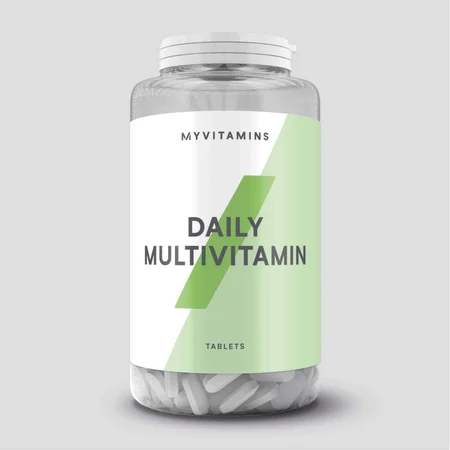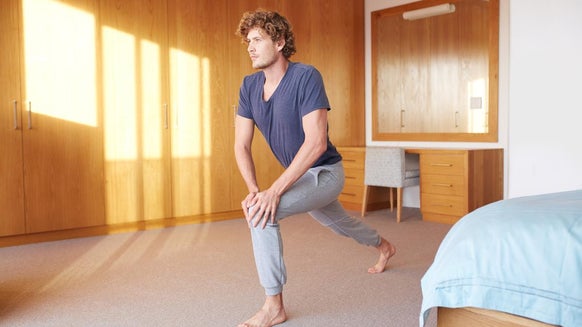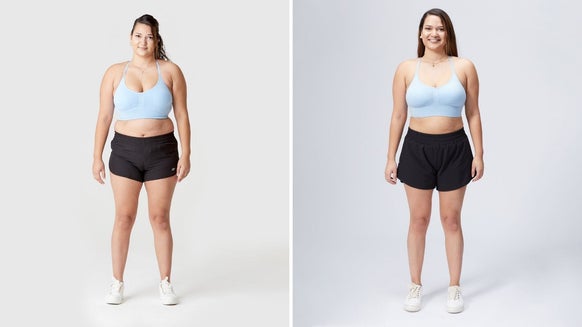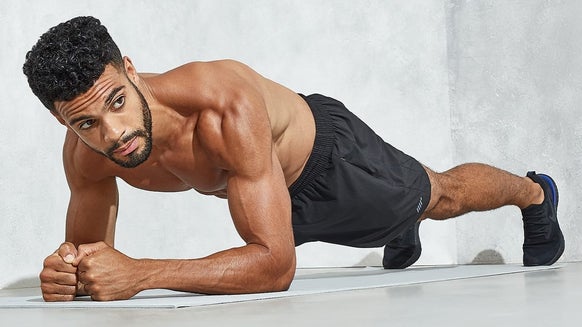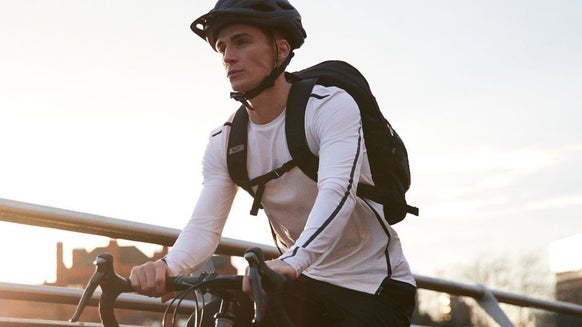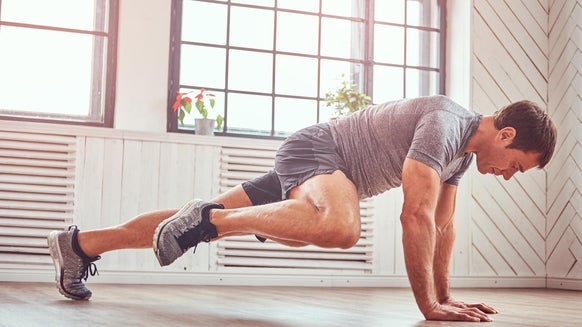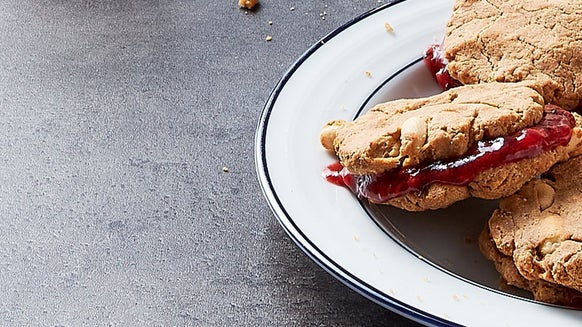TRAINING
Building Biceps | The Best Exercises for Bigger Biceps
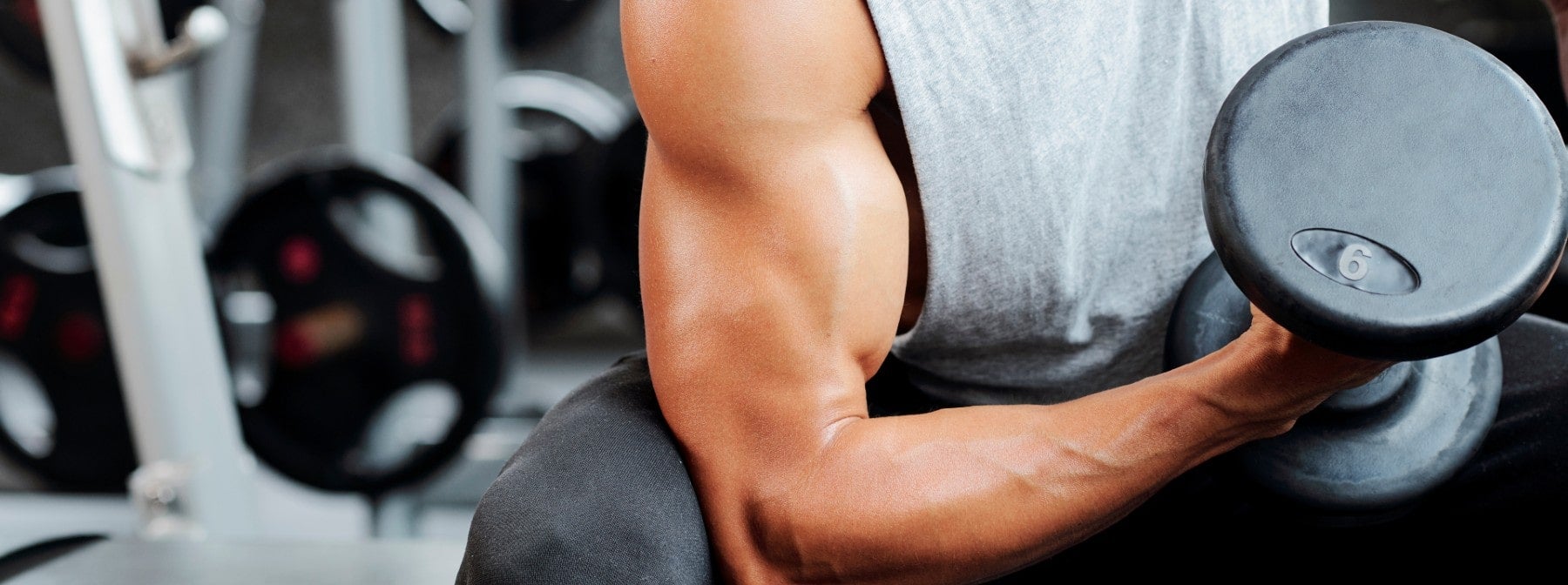

Which exercise types are best for building biceps?
Bicep-Building Exercises
1. Bicep Curl
- Start standing with a dumbbell in each hand. Your elbows should rest at your sides and your forearms should extend out in front of your body.
- Bring the dumbbells all the way up to your shoulders by bending your elbows.
- Reverse the curl slowly and repeat.
2. Concentration Curl
- Start by sitting on the edge of the bench, holding the dumbbell in your right hand.
- Let the right arm hang straight down with the elbow resting on the inside of the knee.
- Lean forward so your torso is over your legs, and place the left hand on the left knee.
- Bending at the elbow, curl the dumbbell up to shoulder level and pause momentarily before slowly lowering the weight to the starting position.
- Repeat until your set is finished, then switch sides and complete with the left arm.
3. Bentover Row
- Hold a barbell with a pronated grip (palms facing down). Your feet should be shoulder-width apart.
- Bend your knees and bring your torso forward slightly. Your back should be straight and almost parallel to the floor. This is your starting position.
- Lift the barbell up towards your sternum, keeping your elbows tucked in and close to the body.
- Pause and hold at the top of the movement, squeezing your back muscles.
- Slowly lower the barbell back to the starting position.
- Repeat for the desired amount of reps.
4. Zottman Curl
- Hold a pair of dumbbells by your sides with your palms facing.
- Curl the weights up to your shoulders
- Keep your upper arms still and turn your hands so your palms face up as you lift.
- Pause at the top of the movement and slowly rotate your grip so your palms are facing downwards.
- Lower the weights back to the start position and rotate the hands to repeat.
5. Chin Up
- Leap up and grip the bar with your hands shoulder width apart and your palms facing away from you.
- Hang with your arms fully extended, you can bend your legs at the knee if they’re dragging on the ground.
- Keep your shoulders back and your core engaged throughout.
- Then pull up. Focus on enlisting every upper body muscle.
- Move slowly upward until your chin is above the bar
- Slowly downward until your arms are extended again.
6. Hammer Curl
- Stand up straight with a dumbbell in each hand, holding them alongside you. Your palms should face your body.
- Keep your biceps stationary and start bending at your elbows, lifting both dumbbells.
- Lift until the dumbbells reach shoulder-level, but don't touch your shoulders.
- Lower slowly and repeat.
7. Decline Dumbbell Hammer Curl
- Hang both your arms down holding the dumbbells with your palms facing out.
- Bend the elbows and without moving them, lifting your arms up to reach your chest.
- Curl your wrists as much as you can to put tension on both the biceps.
- Bring it down in the same motion, but slowly.
8. Crossbody Curl
- Keep your palms turned to face your body when at your sides.
- Work with one arm at a time.
- Curl your arm slowly as you would with any other form of a standard bicep curl, bringing it up and across your body to the opposite shoulder.
- A good tip is to not lock your legs in a straight position.
9. Dumbbell Row
- Bring the dumbbell up to your chest, concentrating on lifting it with your back and shoulder muscles rather than your arms.
- Keep your chest still as you lift.
- At the top of the movement, squeeze your shoulder and back muscles.
- Lower the dumbbell slowly until your arm is fully extended again.
10. Incline Bicep Curl
- Sit down against the workout bench, keeping your back straight and your abdominal muscles tight.
- Your weights should be at your sides to start, one in each hand.
- When you’ve gotten the starting position down, lift each dumbbell, palms up, toward your shoulders.
- It’s important to keep your upper arms tight so that you can isolate the biceps brachii muscle as you move your lower arms only.
- Slowly lower the dumbbells back down to your starting position.
- Don’t release the weights too fast or you could strain your muscles. This should be a controlled and slow movement.
Take Home Message
₹1499
Was ₹2,599.00
Save ₹1,100.00
Inclusive of all taxes
undefined
Inclusive of all taxes
READ MORE HERE
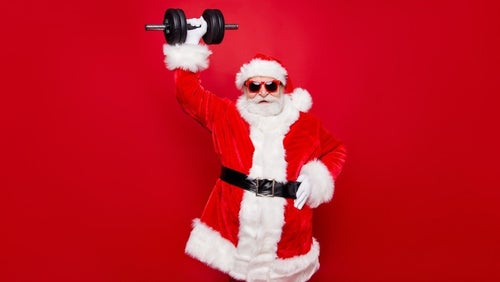
12 Workouts Of Christmas | Gain Lean Muscle
Put on some Christmas music and try this workout.
12/10/2021 By Chris Appleton
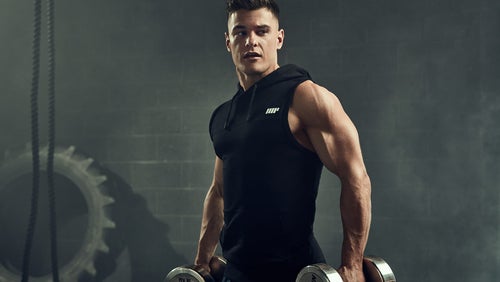
10 Best Vitamins & Supplements For Energy
Falling asleep at your desk? We're here to help.
11/02/2021 By Claire Muszalski

10 Delicious Whey Protein Recipes Absolutely Worth Trying
Who knew you could do so much with whey?
04/04/2018 By Jennifer Blow

Chris Appleton Writer and expert

